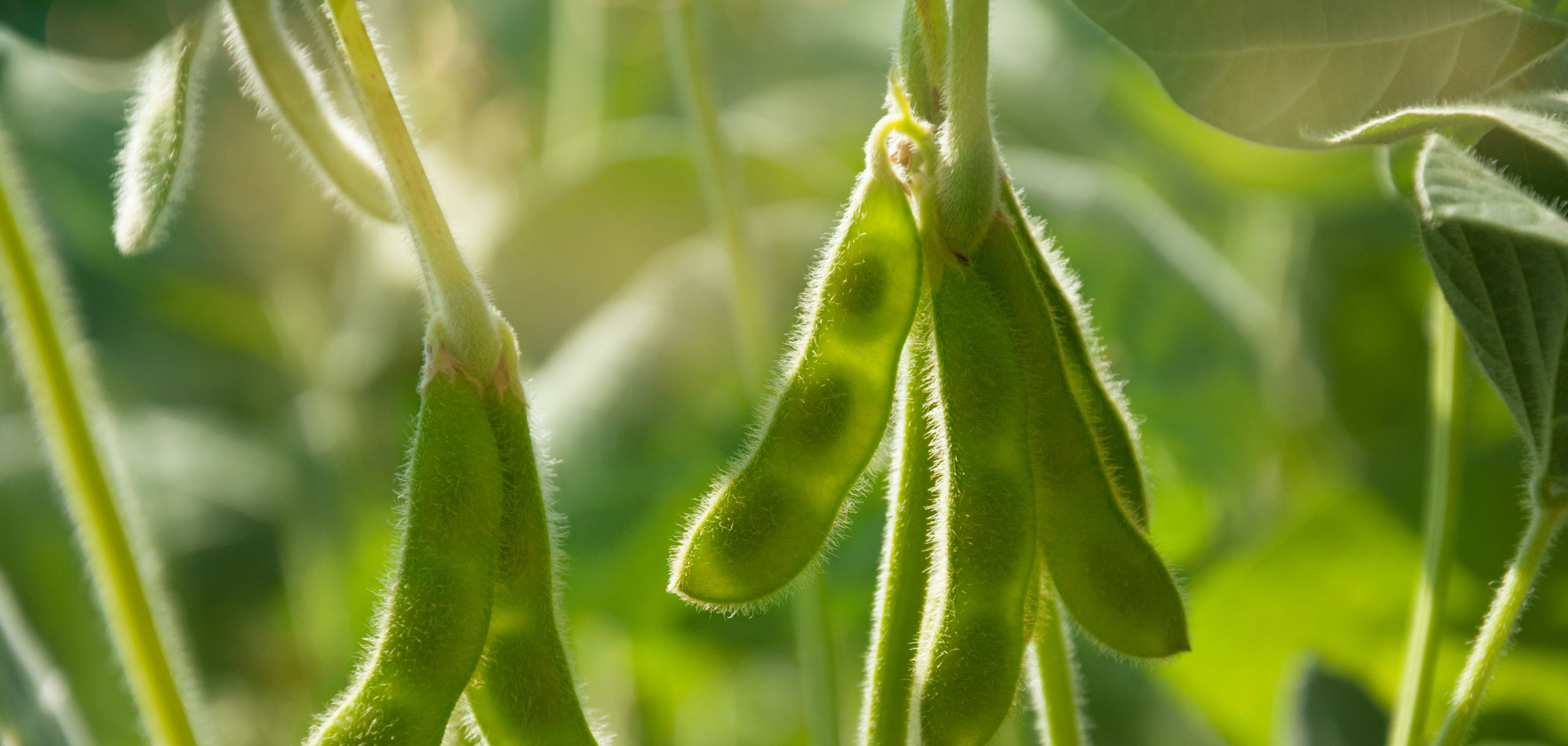
Soybean antinutritional factors and their relative importance in limiting the use of soybean meal in salmonid diets
Category: Aquaculture
DownloadSalmonids (primarily Atlantic salmon and rainbow trout) are the most cultured family of carnivorous fishes in the world, with 2004 production values of approximately two million metric tonnes (mmt) valued at US $6.5 billion (FAO 2006). The salmonid industry accounts for approximately 3% of total global aquacultural production, but its value is nearly 10% of total global aquacultural value (FAO 2006). Over the past ten years, the industry has more than doubled production output. Norway and Chile are the two primary producing countries, accounting for approximately 60% of global salmonid production (FAO 2006).
Commercial feed formulations for salmonids currently incorporate 30 to 45% fish meal (New and Wijkstroem 2002). Global fish meal production typically ranges between 6-7 mmt annually (FAO 2006). The salmonid industry is utilizing about one third of the total amount of fish meal used in aquaculture feeds (Hardy 2002). However, recent declines in the harvest of fishes utilized to produce fish meal (primarily in Peru) lead to an historic high of $1,600 per metric tonne of fish meal in the summer of 2006 (Hardy 2006). As fish meal prices climb, production costs for salmonid farmers increase as well (New and Wijkstroem 2002). Additionally, as fish farmers increase production, the economic return per unit of production decreases. For Atlantic salmon, the return per unit has decreased by 20-40% since 1986-1987 (FAO 2006). If the salmonid industry is going to continue to grow, alternative proteins will need to be incorporated into their feed formulations.
As the salmonid industry incorporates changes to their feed formulations, they need to assure that these changes have a minimal impact on fillet quality. Salmonid fillets are an excellent source of high quality protein. In addition, they contain high amounts of the n- 3 fatty acids eicosapentaenoic (EPA) and docosahexaenoic (DHA) acids. Farmed salmonids contain slightly higher levels of EPA and DHA than wild harvested salmonids, with farmed rainbow trout containing 1.15 g EPA and DHA per 100 g serving, compared to 0.99 g EPA and DHA per 100 g serving of wild caught rainbow trout. Farmed Atlantic salmon contain 2.15 g EPA and DHA per 100 g serving, compared to 1.80 g EPA and DHA per 100 g serving of wild caught Atlantic salmon (all values are cooked edible portion) (USDA/ARS 2006). The Food and Drug Administration (FDA) and American Heart Association (AHA) recommend two meals (one meal is 170.1-226.8 g) of fish per week, especially fatty species such as salmonids, to maintain a healthy lifestyle. In 2004, the FDA allowed a qualified health claim for reduced risk of coronary heart disease on conventional foods that contain EPA and DHA (FDA 2004). As the salmonid feed industry transitions to alternative protein and lipid sources, EPA and DHA levels in the diet and fillet will need to be considered.
Soybean meal (SBM) is an alternative protein ingredient currently of great interest to the aquaculture industry. In 2005, global production of soybean seeds was estimated at 218 mmt, but more importantly, global production of SBM was estimated to be 145 mmt, more than 20 times greater than the average global production of fish meal (USDA 2006). SBM prices can vary, but typically cost around US $200 per metric tonne (www.aquafeed.com). Dehulled SBM contains approximately 48% crude protein, one of the highest protein contents of all plant-based protein ingredients (NRC 1993). When used as a primary protein source, the essential amino acid profile of SBM, with the exception of methionine, is adequate to meet the known requirements of salmonids (NRC 1993).
Despite the global availability and nutritional characteristics of SBM, it has not been incorporated into salmonid diets at high inclusion rates. SBM is typically incorporated at 10-30% of the diet depending on species and feed manufacturer (Hardy 2002; Pillay and Kutty 2005). The relatively high concentration of carbohydrates and presence of antinutritional factors (ANF) are believed to be the primary factors limiting the amount of SBM used in salmonid feeds (Francis et al. 2001; Hardy 2002). Lectins, oligosaccharides, saponins and trypsin inhibitors are all present in SBM and have the ability to act as ANF when fed to fish. Soy isoflavones (also called phytoestrogens) may also exert negative effects when fed to fish by exerting estrogenic effects; however, isoflavones may also have a beneficial effect by acting as an antioxidant. Researchers have attempted to identify the specific components of SBM that are limiting its use in salmonid diets; however, most of this research evaluated SBM that had been subjected to various extraction techniques that removed several potential ANF instead of evaluating purified ANF derived from SBM (Francis et al. 2001). Consequently, the specific antinutritive compounds present in SBM that are exerting negative effects on salmonids have not been identified
In 2002, the United Soybean Board (USB) and the Indiana, Illinois and Ohio State Boards funded the Soy-in-Aquaculture (SIA) Managed Aquaculture Program. SIA was established to overcome the barriers limiting the amount of soy ingredients in aquaculture feeds. The initial SIA initiative contained two separate but related programs. The goal of the first component focused on increasing the amount of soy inclusion in feeds used by well-established, intensive aquaculture industries that were underutilizing soy in their feed formulations. Specific objectives were to systematically evaluate specific ANF and determine which ones were causing problems when fed to salmonids. This research was conducted at seven institutions, led by Purdue University (West Lafayette, IN, USA). The second program was international marketing led by the American Soybean Association/United States Soybean Export Council. The primary objective of that program was to increase usage of soy-based formulations by fish farmers in Southeast Asia and India. The remainder of this document will focus on the research portion of the SIA initiative.